1. Dress Codes Were Strict—Even for Passengers
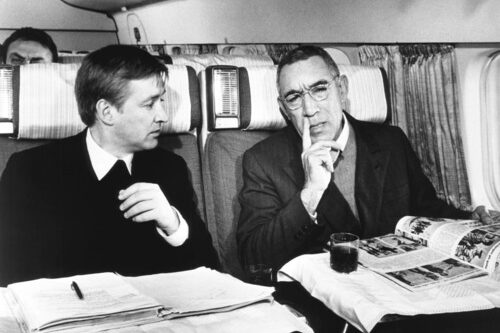
If you were flying in the ’60s, you couldn’t just roll up to the airport in sweatpants and a hoodie. Airlines expected passengers to dress their best, especially in first class. Men wore suits and ties, while women were encouraged to wear dresses, heels, and even gloves. Some airlines could deny boarding to anyone who didn’t look polished enough. This wasn’t just a suggestion—it was an unspoken rule. Flying was considered a luxury, and airlines wanted their passengers to reflect that adds AFAR Media.
Kids weren’t off the hook, either. Little boys were often dressed in dress shirts and slacks, and little girls in frilly dresses. Imagine wrangling a fussy toddler into formal clothes for a long flight! While it made for some elegant cabin photos, today’s travelers would probably laugh at the idea of having to dress up just to sit in a cramped airplane seat.
2. Flight Attendants Had to Meet Strict Height and Weight Limits
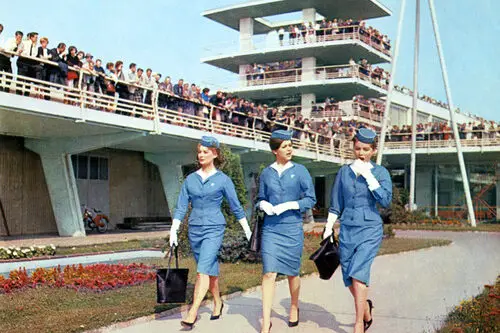
Airlines weren’t just picky about passengers—they had sky-high expectations for flight attendants, too. Most airlines had strict weight and height requirements, often based on outdated beauty standards. For example, stewardesses (as they were called back then) had to be between 5’2″ and 5’9″ and couldn’t weigh more than 135 pounds. Some companies even had weigh-ins before flights, and if you gained a few pounds, you could be grounded or even fired adds Snopes.
To make matters worse, their uniforms weren’t exactly forgiving. Many airlines designed ultra-fitted dresses and skirts that left no room for weight fluctuation. Some even went as far as measuring attendants’ waistlines regularly! The rules were ridiculous and unfair, yet airlines justified them by saying a “proper appearance” made flying more appealing to customers.
3. No Marriage Allowed for Flight Attendants
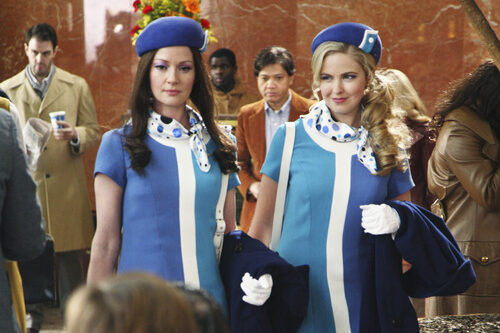
Being a flight attendant in the ’60s was like being in a high-stakes beauty pageant with an expiration date. Many airlines had a strict rule that stewardesses had to be single. The second they got married, they were out of a job. The logic? Airlines wanted young, attractive women who were always available for work—no husbands, no kids, no distractions shares the Week.
If a flight attendant fell in love and wanted to tie the knot, she had to choose between her job and her personal life. Some tried to keep their marriages secret, but if the airline found out, they’d be fired immediately. Today, this would be a clear-cut discrimination case, but back then, it was just another unfair expectation women had to deal with.
4. Smoking Was Allowed Everywhere—Even in the Cockpit
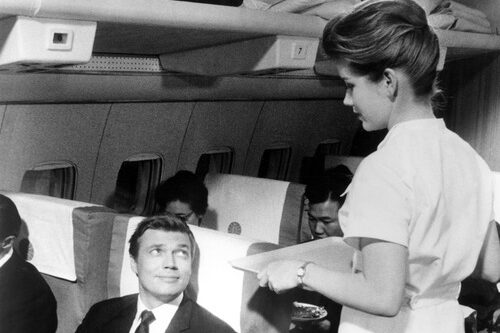
It’s wild to think about now, but in the ’60s, smoking on planes wasn’t just allowed—it was expected. Airlines even handed out free cigarettes! Passengers could light up whenever they wanted, filling the cabin with thick clouds of smoke. Flight attendants had to navigate through the haze, and non-smokers just had to deal with it shares the New York Times. Even pilots could smoke in the cockpit while flying the plane!
The worst part? There was no real separation between smoking and non-smoking sections. Smoke didn’t just stay in one part of the cabin—it floated everywhere. If you were sensitive to smoke or had asthma, flying was probably a miserable experience. It’s hard to imagine now, but back then, lighting up mid-flight was just another part of the airline experience.
5. Kids Were Allowed to Fly Alone—With Almost No Supervision
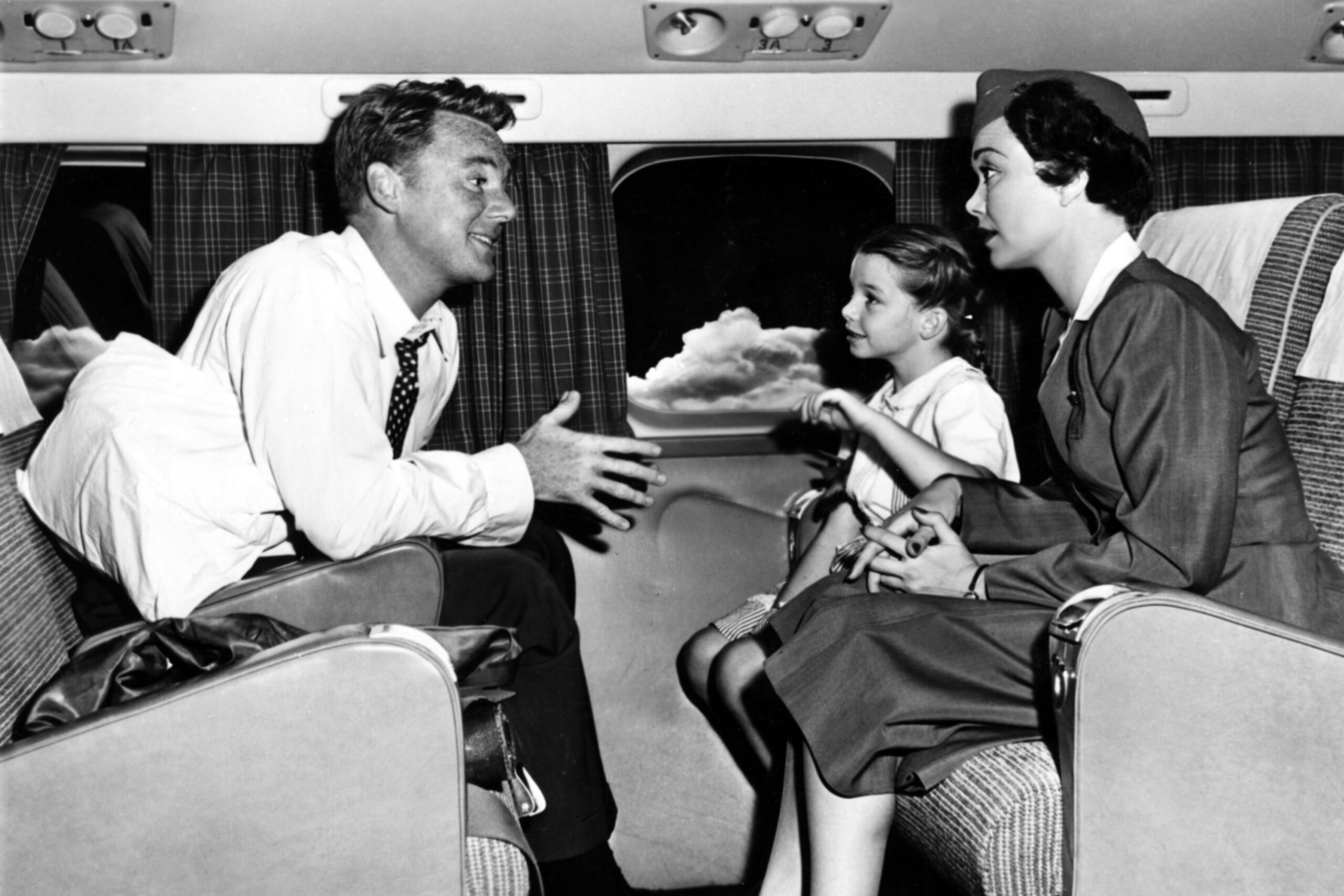
Back in the ’60s, it wasn’t uncommon for parents to drop their kids off at the airport and let them fly alone. There were no fancy unaccompanied minor programs, just a flight attendant keeping a casual eye on them. Some airlines even had special “Junior Pilot” wings they’d pin on kids flying solo. It sounds charming until you realize how little supervision they actually had.
Young children were expected to behave, find their seats, and navigate layovers on their own. Today, kids flying alone have strict protocols, chaperones, and special seating arrangements. In the ’60s, they were pretty much on their own once they got on the plane. It’s hard to imagine parents today feeling comfortable with that level of hands-off travel.
6. Meals Were Surprisingly Fancy—But You Had to Eat What You Were Given
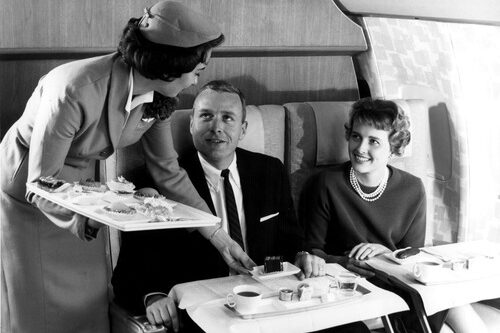
Unlike today’s plastic-wrapped sandwiches, airline meals in the ’60s were often full-course, white-tablecloth affairs. Think steak, lobster, and even prime rib. Flight attendants would serve meals on actual plates with silverware and pour drinks into glassware. But the catch? There were no customizations or special requests. If you didn’t like what was being served, tough luck.
Vegetarian? Allergic to something? That was your problem. Airlines didn’t accommodate dietary restrictions like they do today. You either ate what was on the tray or went hungry. It was glamorous, sure, but also pretty inconvenient if you had any food preferences or needs.
7. You Could Buy Life Insurance at the Airport—From a Vending Machine
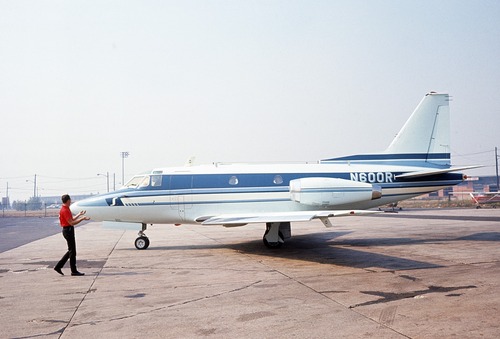
If you needed a last-minute life insurance policy before takeoff, airports had you covered. They had vending machines that dispensed temporary life insurance plans! The idea was that flying was risky, and passengers might want a little extra protection before boarding. It sounds morbid, but plenty of nervous fliers actually used them.
Just imagine slipping some coins into a machine and getting a policy right before walking onto the plane. It’s like airlines were saying, “Hey, in case this flight doesn’t go well, at least your family gets a payout!” Thankfully, safety regulations have come a long way since then, and those machines are a relic of the past.
8. Seatbelts Were Optional—Until Things Got Rough
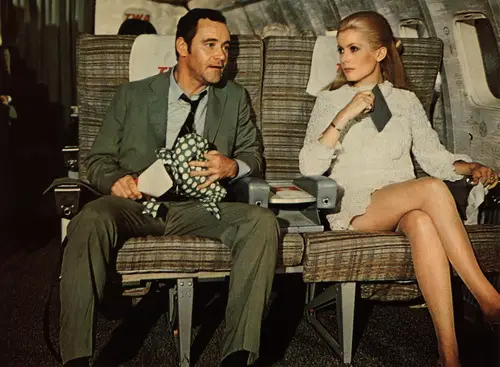
Seatbelt rules were way more relaxed in the ’60s. Passengers weren’t required to wear them at all times, and some barely used them at all. If the flight was smooth, people could walk around freely, even during takeoff and landing. But if turbulence hit, things got chaotic fast.
Flight attendants would have to scramble to get everyone secured before things got too bumpy. It wasn’t until later that airlines started enforcing stricter seatbelt rules for safety. Until then, passengers treated flying more like a casual train ride than a structured, regulated experience.
9. No Overhead Bins—Luggage Went in the Seat Behind You

Forget rolling your carry-on into an overhead bin—there weren’t any! Instead, passengers stashed their bags behind their seats or underfoot. If the plane hit turbulence, luggage could (and did) go flying. It made for a much less organized and secure travel experience.
Some airlines had small storage racks, but they weren’t enclosed like today’s bins. That meant loose items could shift around or fall onto unsuspecting passengers. It wasn’t until later that airlines introduced overhead compartments to make flying safer and less chaotic.
10. Free Booze—No Matter What Class You Were In
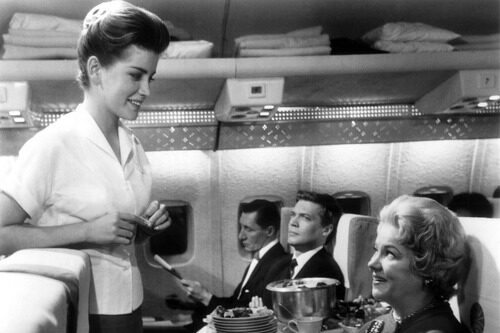
One perk of ’60s flying? Free drinks for everyone! Airlines served complimentary alcohol to all passengers, even in economy class. Cocktails, champagne, and wine flowed freely, no matter how long the flight was.
Flight attendants acted as in-air bartenders, mixing drinks for passengers who sometimes got a little too carried away. There weren’t as many strict rules about alcohol consumption, so some flights turned into full-blown cocktail parties. It was fun—until rowdy passengers got out of hand.
11. Pilots Were Treated Like Celebrities
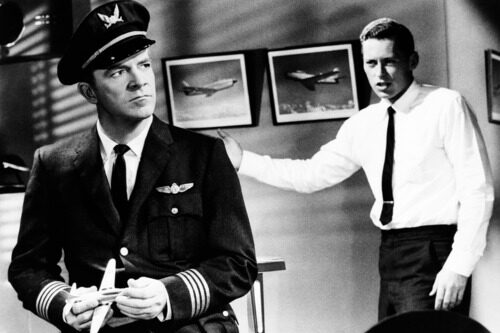
Pilots in the ’60s were seen as glamorous, adventurous figures. They had stylish uniforms, carried themselves with confidence, and were often admired by passengers. Kids looked up to them, and flight attendants were even encouraged to flirt with them.
Passengers would sometimes ask for autographs or try to chat with the pilots before takeoff. It was a time when flying still had an air of mystery and prestige. Today, pilots are still respected, but the mystique has definitely faded.
12. Passengers Could Visit the Cockpit Mid-Flight
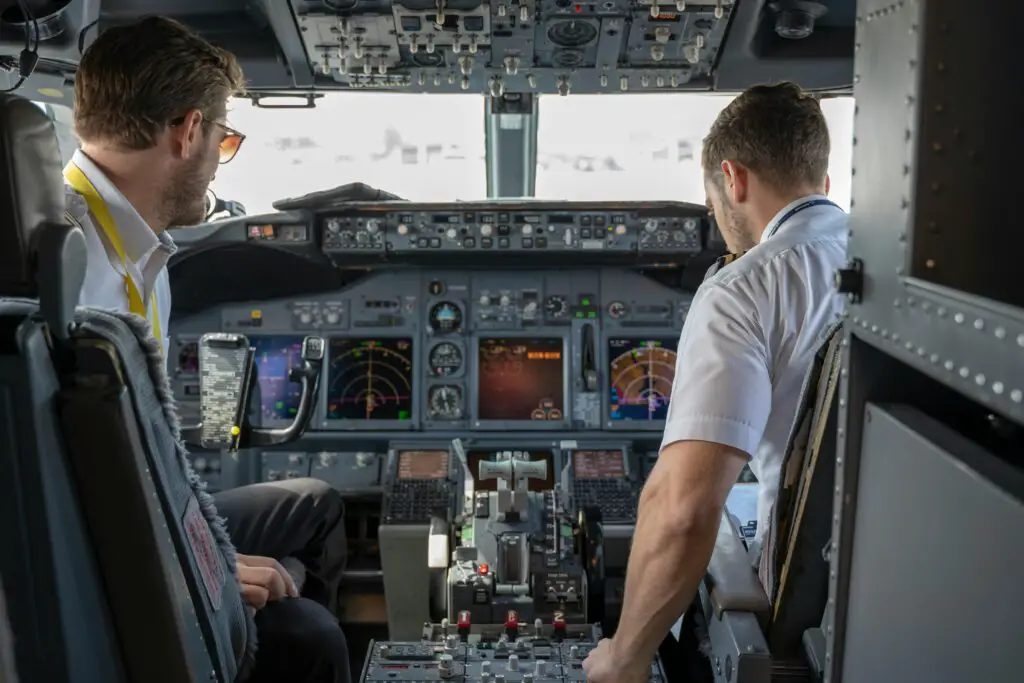
Believe it or not, passengers in the ’60s could actually walk right into the cockpit during a flight. If you were curious about how the plane worked or wanted to chat with the pilots, you could just stroll up and knock on the door. Kids especially loved this, as many walked away with a set of plastic “Junior Pilot” wings after their visit. Pilots were happy to show off the controls and even let passengers take a peek out the front window.
This level of access would be unthinkable today due to security concerns. After all, there’s a reason cockpit doors are now reinforced and locked. But back then, flying had a much more casual, friendly feel—until airlines realized that letting just anyone into the cockpit might not be the safest idea.
13. Flight Attendants Had to Undergo “Charm Training”
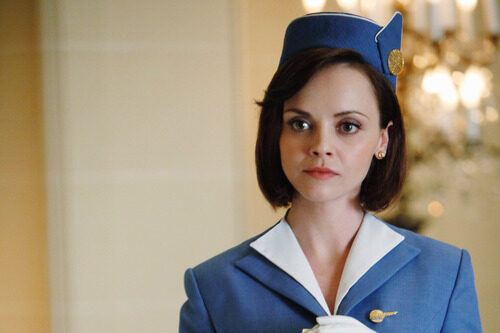
As if being a flight attendant wasn’t already demanding, airlines expected them to be endlessly charming at all times. Many airlines put new hires through “charm school,” where they learned everything from how to smile perfectly to the proper way to serve a drink. Some airlines even had etiquette classes that dictated how stewardesses should walk, stand, and interact with passengers—always with poise and grace.
A big part of the training focused on making passengers feel special, even if they were rude or inappropriate. Flight attendants were expected to handle everything with a polite smile, no matter the situation. It was all about keeping up the illusion that flying was a glamorous, luxurious experience—even when it was anything but.
14. No Refunds—Even If Your Flight Was Canceled
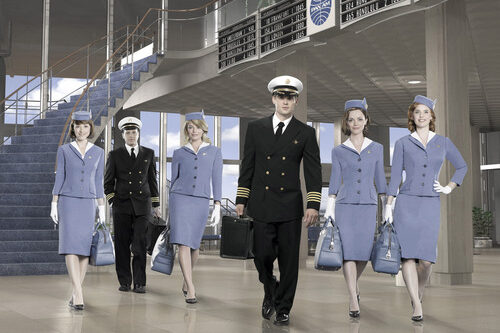
If your flight got canceled in the ’60s, you were pretty much out of luck. Airlines weren’t required to offer refunds or rebook passengers like they do today. Instead, you’d either have to pay for a new ticket or hope the airline would get you on another flight at some point. There were no passenger rights, no compensation, and certainly no travel credits.
This policy made flying even riskier, especially for those who had tight schedules or limited budgets. If bad weather or mechanical issues grounded your flight, you had to figure things out on your own. Today, airlines have strict guidelines about refunds and rebookings, but back then, it was every traveler for themselves.
